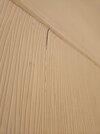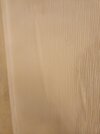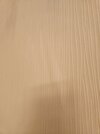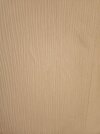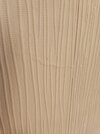- Joined
- 1 Apr 2022
- Messages
- 24
- Reaction score
- 0
- Country

Hey all!
I was wondering what I should have expected when a decorator came to wallpaper a single (prepared) wall. 7 x 2.4m .
I fully expected him to put down the lining paper, let it dry and come back the next day to put in the wallpaper.
He came in at 8am and left by 2pm (with an hour lunch), (charging me £320, no material cost [north london]). He said it's fine to put wallpaper straight onto damp lining paper.
I'm wondering if I've been ripped off.
I have yet to see if the bubbles go away under the wallpaper but there are some pretty substantial ones.
Is this the normal way to do things?
I was wondering what I should have expected when a decorator came to wallpaper a single (prepared) wall. 7 x 2.4m .
I fully expected him to put down the lining paper, let it dry and come back the next day to put in the wallpaper.
He came in at 8am and left by 2pm (with an hour lunch), (charging me £320, no material cost [north london]). He said it's fine to put wallpaper straight onto damp lining paper.
I'm wondering if I've been ripped off.
I have yet to see if the bubbles go away under the wallpaper but there are some pretty substantial ones.
Is this the normal way to do things?

